Image Quality Assessment
Assessment of the spatial image quality (resolution, MTF) produced by a remote sensing system involves acquisition of an image of a deterministic target in which element dimensions and pattern contrast (modulation) are well known. The measure of image quality may be acquired subjectively (viewing the image) or analytically (digital image processing). There are several target designs that are produced by G8T as test patterns for image quality assessment (IQA). IQA targets fabricated by G8T consist of a background panel onto which the test patterns are ultrasonically spot welded and then sewn. The background panel is fabricated by the same methodology used for manufacturing gray scale panels, except the panel size is determined by the size and number of pattern elements. Multiple background panels are required for target designs that have many pattern elements and are usually made of lower reflectivity fabric than the pattern elements (3% to 16% band average reflectivity). The pattern elements are laser cut from Type 822 target fabric to the design dimensions with a tolerance of ±0.5mm. The target contrast and modulation is determined by the band average reflectivity of the pattern relative to the background. Band average reflectivity level of the pattern fabric is nominally specified in the range of 24% to 60%.
Target arrays of any spatial pattern may be fabricated based upon IQA requirements or analytical algorithms to be used to generate the image quality metric specified. Patterns that have been fabricated by G8T include:
Tribar Resolution Array - Linear Design (see above image)
Tribar Resolution Array - Folded Design (see below image)
Phase Offset Tribar Element Sets (to assess spurious resolution)
Sector or Siemens Star Targets
Log Periodic Array (MTF assessment)
Double Annulus Array (2D MTF assessment)
Edge Target - (MTF assessment)
Single Line or Multiple Lines
Exponential Line
Landolt C (subject quality assessment)
Certain designs, such as the tribar resolution target, are orientation sensitive. Tribar resolution panels are usually displayed so the linear progression of elements is along the line of flight (A-LoF) or parallel to the ground track. Elements are placed in pairs with one set used to assess resolution A-LoF and the other elements of the pair oriented 90°to assess resolution across the line of flight (X-LoF). The target size is defined by the maximum element width, Lmax, the minimum element width, Lmin, and the element size progression. The classical size progression is the sixth-root- of-two (2 1/6=1.1225). Resolution arrays have been fabricated with a third-root-of two (2 1/3=1.2599) progression for a less precise resolution metric or the twelfth-root-of-two (2 1/12=1.0595) progression for a more precise resolution metric. Each element consists of three bars and two spaces of equal width. The bar length: width aspect ratio is usually 5:1, although any aspect ratio may be specified. The tribar elements are separated from each other by a distance of 2W – this value is termed the Ground Resolved Distance (GRD).
All G8T image assessment targets are custom designed and fabricated to meet the expected image quality performance of a given system. The size of the target and its elements are determined by GSD of the system as governed by altitude, focal length, detector pixel size, image motion compensation and the quality of the imaging optics. G8T will design or adapt a standard design to your individual test requirements. The following parameters are needed by G8T to enable the design and pricing of a custom resolution array:
- Largest bar width, Lmax
- Smallest bar width, Lmin
- Element size progression (as a fractional power of two)
- Aspect ratio (Bar Length : Bar Width)
- Reflectance levels of background and bars (establishes contrast ratio and modulation)
- Are A-LoF and X-LoF element pairs required?
- Are gray scale panels of the same reflectivity levels as the resolution target required?
Other types of image assessment arrays will be designed and priced by G8T based upon the technical image assessment and projected system performance parameters.
